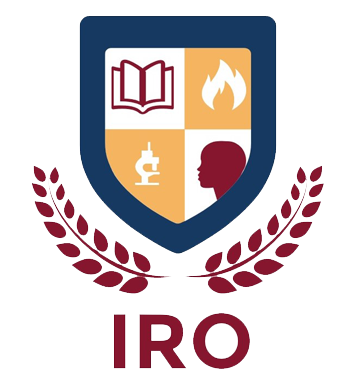Volume - 6 | Issue - 4 | december 2024
Published
06 February, 2025
The smart Internet of Robotic Things (IoRT) networks integrate swarm robotics, Time-Sensitive Networking (TSN), Light Detection and Ranging (LiDAR) mapping, microcontrollers, and thermal imaging, producing adaptive and efficient ecosystems. The proposed study addresses a real-life problem across most industries, offering an autonomous, scalable, and optimized resource solution. It integrates swarm robotics for task coordination, TSN for low-latency communication, LiDAR for environmental mapping, and microcontrollers for energy efficiency along with thermal imaging capabilities for anomaly detection. Combining all these components a comprehensive AI architecture was developed to improve the performance in complex scenarios of IoRT. The research aims to develop scalable IoRT solutions that incorporate swarm robotics for coordination, TSN for deterministic communication, LiDAR for accurate mapping, energy-efficient microcontrollers for sustainability, and thermal imaging for anomaly detection in mission-critical tasks while being adaptable, reliable, and efficient. The proposed system attains 93% accuracy, 91% scalability, 94% F1 score, 95% efficiency, and 93% anomaly detection, which is beyond traditional methods. It addresses IoRT challenges with enhanced real-time adaptability, energy efficiency, and scalability to ensure optimal performance in applications like healthcare and disaster response. The integrated IoRT framework employs cutting-edge technologies and thus tackles dynamic challenges with precision and accuracy. Since it outperforms the traditional methods in different metrics, it establishes scalable, sustainable solutions for various real-time IoRT applications. The adaptability towards resources gets improved in more complex ecosystems.
KeywordsIoRT Swarm Robotics TSN LiDAR Microcontrollers Thermal Imaging Scalability Efficiency Anomaly Detection



